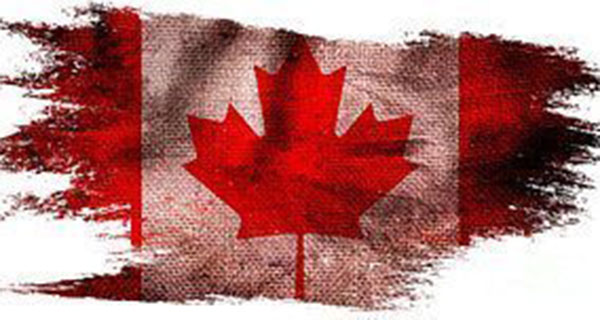 It isn’t easy to grasp just how vast and complex Canada’s federal Indigenous affairs portfolio has become over the past 50 years. Now divided into Indigenous Services and Crown-Indigenous Relations, it’s unlike any other federal government department. The portfolio is more accurately described as a federally-run province.
It isn’t easy to grasp just how vast and complex Canada’s federal Indigenous affairs portfolio has become over the past 50 years. Now divided into Indigenous Services and Crown-Indigenous Relations, it’s unlike any other federal government department. The portfolio is more accurately described as a federally-run province.
This makes sense because, according to the department, some 80 per cent of the Indigenous programs and services it delivers, particularly in First Nations communities, are provincial responsibilities such as health care, education, housing and employment programs.
How does this federally-run province stack up against Canada’s real provinces and territories?
First off, it’s a super province. No matter how the department is divided, it has jurisdictional reach over about 90 per cent of Canada’s landmass through the historic and the modern treaties signed after 1975. That’s a lot of territory.
As a federal government entity, the department is naturally federally funded. Provinces and territories are also funded in part by federal transfers. We know the amount of those transfers because Ottawa publishes those figures.
What we don’t know is how much the federal government spends annually delivering Indigenous programs and services. The department had a budget of about $10 billion for 2017-18. But there were, according to the department, another 33 federal departments and agencies acting as its co-delivery partners for Indigenous programs and services.
Until 2004-05, the department published the names and contributions of its co-delivery partners. It’s funding was $5.8 billion that year, and its 13 co-delivery partners spent an additional $3 billion on Indigenous programs. Collectively, Indigenous Affairs plus its federal co-delivery partners spent $8.8 billion delivering Indigenous programs and services across Canada. After that, it stopped providing data on co-delivery partners.
A guesstimate of what the department and its 33 co-delivery partners spent delivering Indigenous programs and services in 2017-18 is about $19 billion. That’s a lot of money.
If the department were a real province, $19 billion in federal funding would, in 2017-18, have placed it just behind Quebec ($22.7 billion) and Ontario ($21.1 billion) as Canada’s third largest recipient of federal transfers, and well ahead of fourth-place British Columbia ($6.7 billion).
But that’s not all. The government has announced new spending on Indigenous programs and services of another $4.8 billion over five years and $1.7 billion over 10 years. As the government continues to accelerate spending on Indigenous issues, the department may soon overtake Quebec to become Canada’s largest ‘province.’
The Indigenous people (First Nations, Inuit and Métis) who are recipients of these programs and services are effectively the department’s citizens. Not all of the 1.5 million people who self-identified as Indigenous in the 2016 census are department clients, but the majority are.
But here’s where the analogy breaks down. In normal federal government departments, the minister is appointed by the prime minister and accountable to the PM and cabinet. Departmental bureaucrats are, in turn, accountable to their minister. However, this is not a normal department.
This department holds inordinate power over the lives of people in First Nations and Inuit communities from birth to death, yet the citizens have no say in how it operates. Not a single person in the department administration is elected by ordinary Indigenous people to represent their interests.
Indigenous people can’t express their dissatisfaction with the administration by throwing it out and electing one more to their liking. There are no structural mechanisms whereby citizens can demand their voices be heard or hold the administration accountable to them.
It would be as if citizens of New Brunswick or Saskatchewan were governed by a bureaucracy in Ottawa, without any officials elected by the people to represent them. That would be an outrageous affront to democracy.
With jurisdictional reach over almost all of Canada and spending rivalling Quebec and Ontario, this department can indeed be considered a uniquely powerful super province. But it’s one whose citizens are uniquely powerless.
Sheilla Jones is a Winnipeg author and senior fellow with the Frontier Centre for Public Policy, leading the Treaty Annuity/Individual Empowerment Initiative.
The views, opinions and positions expressed by columnists and contributors are the author’s alone. They do not inherently or expressly reflect the views, opinions and/or positions of our publication.

